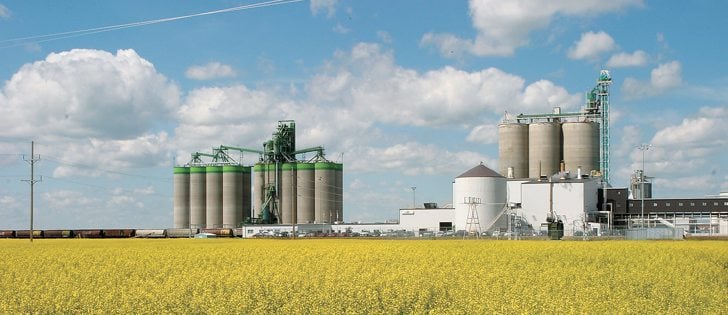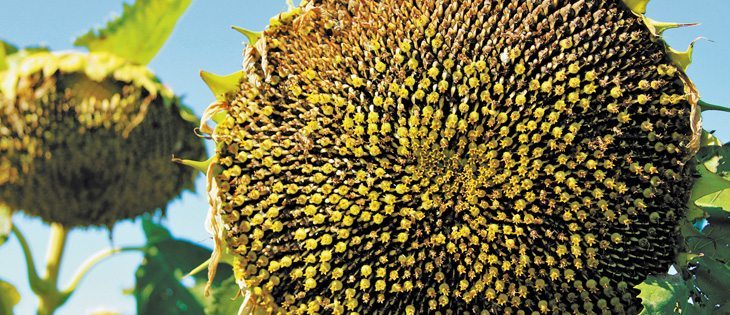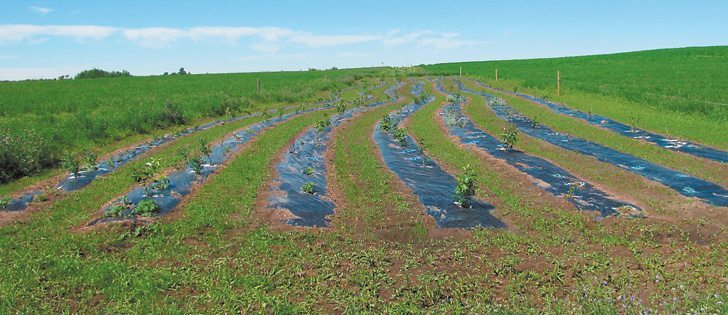How do you know when to call the top in these raging crop futures markets?
Here are some traders and analysts discussing the question on Twitter on Sunday night and Monday morning, as the Chicago grains market sold off in the overnight session:
Doug Bartlett: “Why is it that every time corn trades lower the same people come out and say the top is in — been that way since $5.50 corn?”
William Montgomery: “Who in their right mind would call a top in these markets?”
Read Also

Trump’s tariffs take their toll on U.S. producers
U.S. farmers say Trump’s tariffs have been devastating for growers in that country.
Cornbroker21: “The same that called $13 the top in spring wheat in 2008.”
The flipside to this discussion is what happens whenever the market opens strongly higher: people begin throwing out calls for prices to go much higher and bears growl that people are being rash and premature.
For any farmer thinking he can call the top of the market, or out-guess the analysts on where prices are going to go in the next few months, it should be sobering to realize that the most seasoned traders and analysts think it’s a fool’s game to try to peg the market’s peak.
And as Cornbroker21’s comment above shows, history teaches us many lessons about how badly wrong we can all be about where things are going to go in a hyper-rally.
In 2008, commodity prices shot through the roof, but spring wheat futures were the most incredible example, rocketing up from $6 per bushel to $25 between late 2007 and March 2008. If you used futures or Canadian Wheat Board Producer Payment Options in late 2007 to hedge some 2008 spring wheat — seeing historically high prices — you’d feel like a fool and like you’d lost the opportunity of a lifetime.
But if you hung on unpriced to the peak, you probably didn’t sell it all for $22-plus. Those prices lasted a nanosecond. In a week it fell to $16, in which time most couldn’t get out as prices locked limit down. By July, prices were $10; by November, $8 per bu.
If you sold steadily on the way up and the way down you probably got a lot of $10-plus prices. That’s way under the market peak, and way above the market’s floor.
Spikes like today’s don’t necessarily sell off like that of 2008. They can go up and stay up. That happened in the 1988 drought rally for spring wheat. Spring wheat shot up from $3 to a peak of near $4.60, then settled into a $4 to $4.20 range for months — lots of time to lock-in prices.
But look at what happened to soybeans. From $6.50 to a peak of above $10.50, there was a quick sell-off to $8.50 and a long, slow subsidence to $8. Spring wheat increased about 50 percent and kept most of those gains. Soybeans gained more than 60 percent, quickly gave about half that back and by autumn were up by only about 23 percent.
Which market would you have pegged right?
These types of explosive markets offer incredible opportunities, but also great risks.
There are many types of mechanical methods of marketing, using cash contracts, futures and options. On the big cereals, farmers also have the CWB’s new non-monopoly pools.
But leading North American crop market analyst and market historian Elaine Kub told me in an interview that farmers need to do more than lock the bin door once prices start spiking like today, and that rather than a magical method of hedging, farmers seriously need to have the discipline to sell when it makes financial sense.
“Convince yourself that you’re not going to sell at the high,” said Kub, the author of recently-published Mastering the Grain Markets – How Profits are Really Made.
“You could miss the high by 50 cents, but I don’t think you should beat yourself up too badly if you miss it by 50 cents or a dollar.”
I always think put options make most sense in these kinds of markets, when there’s still production risk but the market is volatile.
That’s what Kub, who is also a broker and advisor, is recommending to many of her clients — especially the ones who still have crops but for which the Midwest drought is still a grave threat.
Fortunately for prairie farmers, the weather risks to the crop are much less than in the Midwest.
It’d be best to have a better strategy than attempting to hit the peak.














